How to Play-to-Earn Splinterlands: Philippines Guide: SPS Token 101
We write an in-depth guide about Splinterlands for the Philippines, how to get cards, what is SPS and DEC tokens, and how to build your deck.
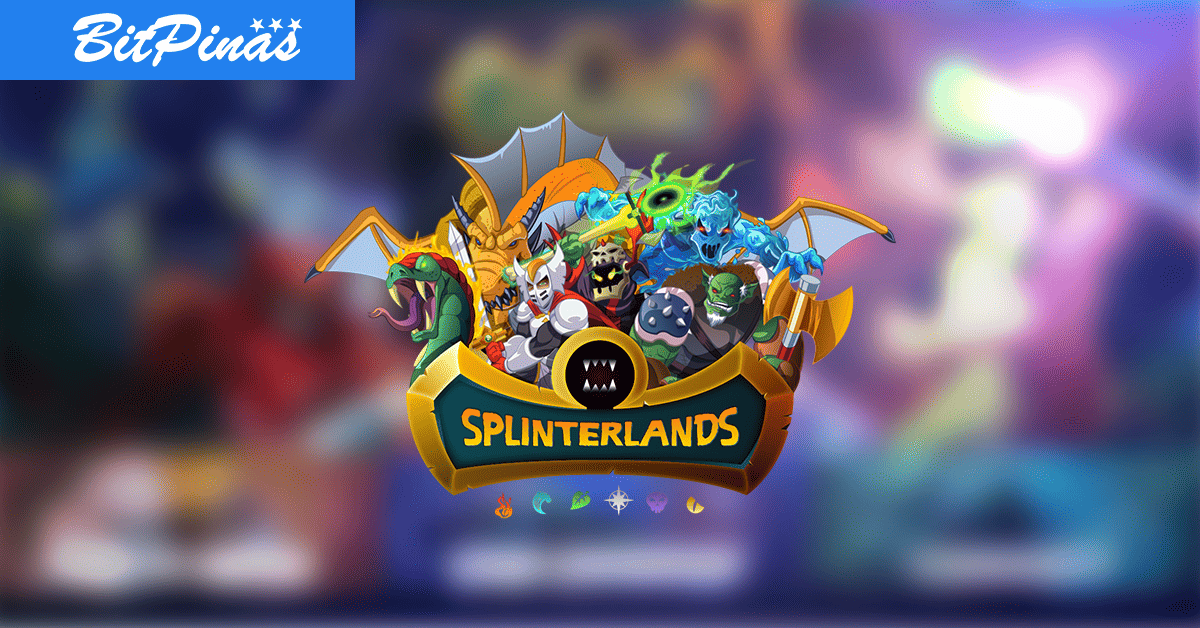
Splinterlands is a digital collectible and trading card game operating on the Hive Blockchain. All cards in Splinterlands are player-owned NFT assets.
Splinterlands has become one of the most active NFT game because of its steady growth since 2018, when it was announced.
Splinterlands Philippines Guide
Recently, Splinterlands has already surpassed 100,000+ players after it integrated the new rental system, which allows players without funds to compete with those players who invested a lot in the game.
Splinterlands has its own token called Dark Energy Crystals (DEC), a utility token which is mainly used for the game and comparable to Smooth Love Potion (SLP) of Axie Infinity. DEC is the main reward which is distributed to players everytime they win on ranked battles and tournaments.
Splinterlands Gameplay
Splinterlands can be played with one of six (6) factions:
- Fire
- Water
- Earth
- Light
- Death
- Dragon
- Neutral
In Splinterlands, you choose the cards you have to play and players will be matched with an opponent with a similar ranking.
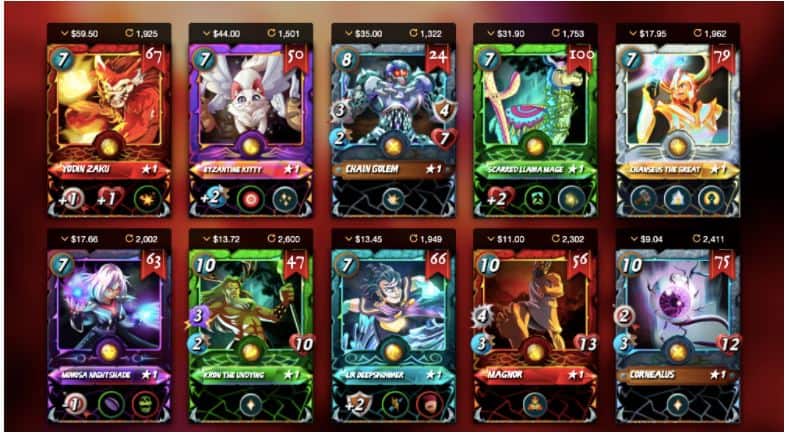
Players can also collect cards and other items such as potions and skins to improve the look of your cards. They can also earn rewards in tournaments, matches and missions. In this game, there is always a chance to win, regardless of the player’s experience, skill level, or card collection size.
Splinterlands isn’t just about choosing cards then you can play right away. There are other things that you have to consider like the Mana limit of the game.
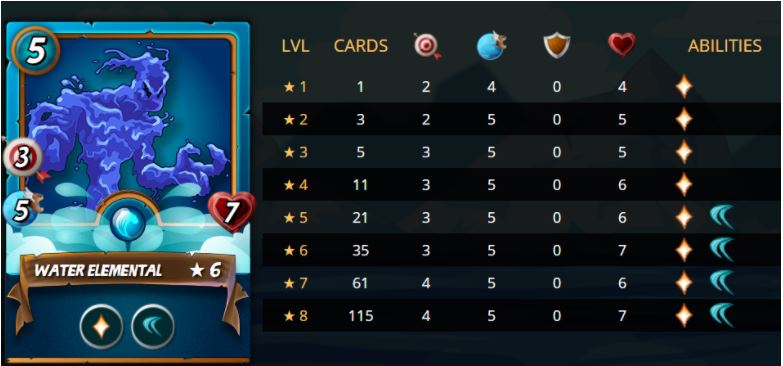
Different cards have different mana allocated to each of them. However, even though you level up your cards to its max level its mana allocation is not changing but the cards stats is increasing. Additionally, some monsters gain ability as they level up and this becomes a huge advantage in your battles.
How to create an account on Splinterlands
Players have so many options on how they can create their account.
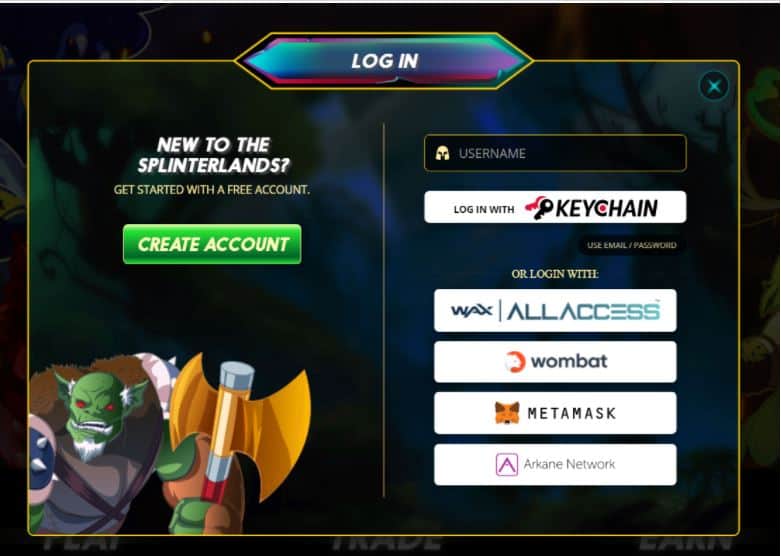
You can create through Metamask which is very common if you are already an NFT player. If not, just click the “Create Account” button so you can create an account just by entering an email and password.

The username that you will be using on the game will become your Hive Account username as well. However, it will only be registered on the Hive blockchain once you have already activated your account through the purchase of Summoner’s Spellbook which costs $10.
What is the Summoner’s Spellbook
Splinterlands is free to try, giving players a chance to learn the mechanics and begin collecting cards before purchasing the Summoner’s Spellbook, but those who are not upgraded miss out on several important features of the game.

The Summoner’s Spellbook upgrade can be purchased with Paypal, or with one of the 20+ cryptocurrencies accepted by Splinterlands.
However, players who didn’t purchase the Summoner’s Spellbook doesn’t benefit from the following:
No Rewards can be Earned – Players can accept gifts, but they do not earn DEC rewards for battling or rewards for the completion of Daily Quests and Seasons.
No Tournaments – Only spellbook-upgraded players have the opportunity to participate in tournaments through the Splinterlands tournament interface.
No Trading on the Market – Because a player’s blockchain account is not created until they upgrade by purchasing the Summoner’s Spellbook, they are unable to make transactions, such as buying or selling packs and individual cards.
Once the Summoner’s Spellbook upgrade has been completed, a unique HIVE blockchain account is created for the player and all functions and features of the game are opened to them.
After the upgrade, players can:
- Purchase packs, cards and land
- Earn DEC for battling
- Earn Daily Quest and Season rewards
- Join tournaments
- Transact on HIVE blockchain
- Transfer assets in and out of the game
The cost associated with creating a HIVE blockchain account is covered by Splinterlands, and enough resource credits are provided to play Splinterlands. The Summoner’s Spellbook upgrade is how players create blockchain accounts that turn them into Splinterlands owners by unlocking their ability to earn for life when playing the game.
How to Play-to-earn in Splinterlands
The game has a tokenized currency which is called “Dark Energy Crystals” (DEC), which can be traded now on some centralized and decentralized exchanges.
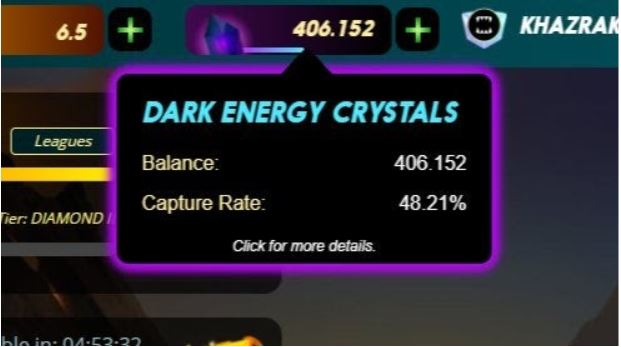
DEC can be compared to Axie Infinity’s Smooth Love Potion (SLP). Its main utility is for in-game purchases of cards, lands, skins, and potions. Players can also use the token for renting cards which is new in the world of NFT games.
Players can earn DEC through ranked battles, tournaments, and daily quests. As of this writing, DEC is currently sitting on $0.0066 (+73%).
Aside from DEC, Splinterland team recently rolled out the airdrop of their governance token Splintershards (SPS) which can be compared to Axie Infinity Shards (AXS) of Axie Infinity NFT game.

Splintershards token main utility is for players to have a voice in the future development of Splinterlands. They can also stake SPS to earn more which can be traded to DEC that players can use on the game.
Splintershards was set-up through Decentralized Autonomous Organization (DAO) via a series of smart contracts operating on Binance Smart Chain. The token is 100% controlled and governed by the Splinterlands community of token holders and in the future, Splintershards might change some aspects or utility of the token depending on what the community wants the Splinterlands game to be.
The team is also planning to create liquidity pools so SPS can be traded in the future on various platforms like Binance, Ethereum, Hive Engine and others.
Splinterlands Rental System: How to List Cards
The Splinterlands team just recently integrated the rental system on their official website. This provides the opportunity for players with large collections to earn passive income while simultaneously providing an opportunity for players who don’t have the resources to buy cards to field competitive teams and grow their earnings.
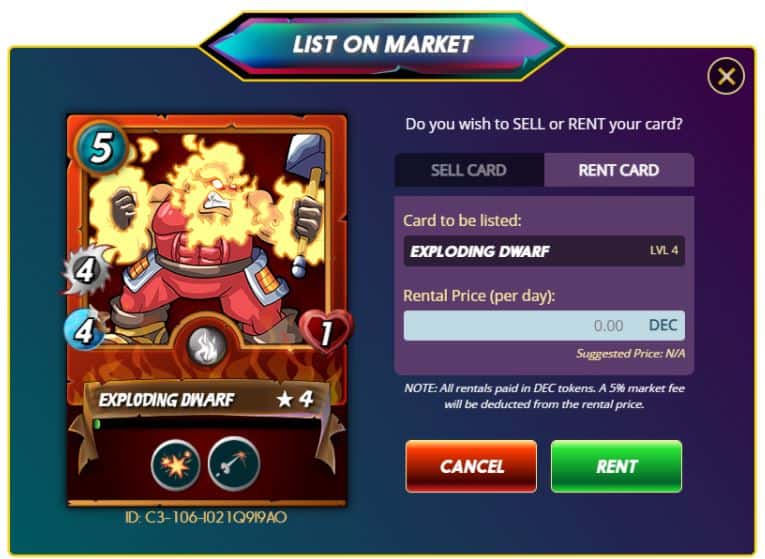
Listing cards for rent on the Splinterlands website will be very similar to the process for listing cards for sale except that rentals will be priced in DEC tokens per day rather than USD amounts. This is necessary due to the fact that rental payments will be paid out incrementally from an escrow account to the card owner every day over the rental period, and fluctuations in the DEC market price over that time could cause the amount of funds held in escrow to be insufficient.
The cards available for rent will be shown in the new “Card Rentals” tab on the market page of the website as shown at the top of this post. When a player wants to rent a card, they choose for how many days they want to rent it and will be required to pay the full amount up front in either Credits or DEC tokens.
The amount paid will be held in escrow by the game system and automatically paid daily to the card owner until the specified rental period ends. When the rental ends, the card will be automatically undelegated to the renter and returned to the owner. Please note that there will be no cooldown for cards that are delegated or undelegated via the new rental system.
Rentals can be cancelled by either the card owner or the renter at any time, but the rental will not end until the next 24 hour period is complete, since the renter has already paid for that time.
Fees for rental market transactions will work exactly the same as for the sales market. The Splinterlands website will set a 5% fee, paid by the owner listing the card for rent, and the fee will be paid out daily to the market through which the card is rented while the rental is active. Third-party markets may allow listing cards for rent for lower fees, however those cards will not show as available on the Splinterlands website.
Importance of Lands in Splinterlands
Splinterlands is also looking to expand its gameplay by introducing lands and players can find fourteen different terrain types, ranging from plains, hills and swamps to lakes, deserts and badlands. In addition these plots can be natural, magical or occupied.
These lands can produce resources which are needed to build, upgrade and maintain buildings. There are also required components which can be used to create in-game items and spells.
Further, occupied lands contain monsters and Essence, an important in-game item which can be obtained only through defeating the monsters. Essence is needed for creating items and spells.
Each plot of land can contain one building. Constructing and upgrading a building requires natural resources, and players can speed up construction time by spending their DEC tokens. Landowners can destroy a building freely, to receive some of the used resources. In order to make a building function, players need to deposit a worker. This can be any card in their collection. However, which card you use influences the RNG when minting Items & Spells.
Splinterlands Governance and Castles
Lands provide resources and the opportunity to store or use these resources. Regions function as a state within a larger country, and a Region provides infrastructure for transport and other services. They will charge fees though to plots and tracts. Governance for the region happens through voting, and each plot gets one vote. Owning a tract gives the owner 10 percent of the votes in a region.
In each region there’s one plot of land with a castle, in addition each tract contains a keep. These are special buildings, but their functionality hasn’t been revealed yet. In short: each region has nine keeps and one castle, each tract has a keep and a ten percent chance for a castle, and an individual plot has a 1 percent chance for either a Keep, and one in a thousand chance for a castle.
Splinterlands is a great NFT card game that is worth checking out. With 100,000+ players and upcoming new ways of play, the game is expected to continue attacting demand from NFT gamers and gamers in general.
This article is published on BitPinas: How to Play-to-Earn Splinterlands: Philippines Guide: SPS Token 101
![[Live - Day 1] Philippine Web3 Festival 10 [Live – Day 1] Philippine Web3 Festival](https://bitpinas.com/wp-content/uploads/2022/11/DE00378A-97BE-48E4-AF12-EDEF093C947E-1-768x576.jpeg)



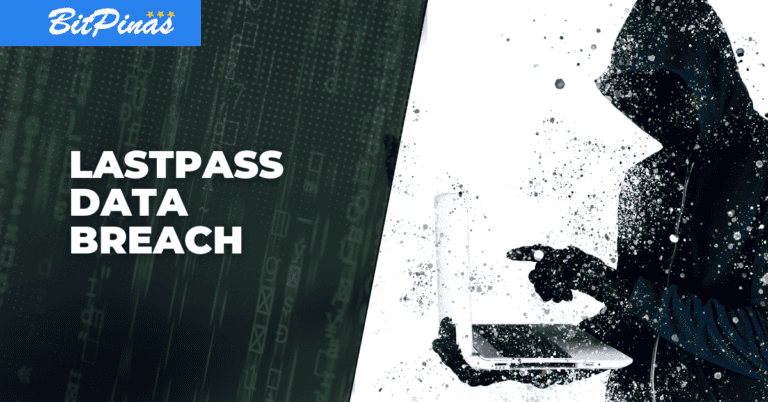
Hi I whant to earn this game
Still need help? I can help you if you have discord
hello can u help me? i want to learn, i already have account
Hi i have an issue when claiming my sps airdrop it says “There was an error claiming your airdrop: Invalid or unspecified “ts” parameter.”
“ts” is for something like time synchro. I managed to fix the Hive claim error by synchronising my pc time/clock. Changed it to an hour less of my time zone.
Hello, I have the same problem, I am from Venezuela and I still cannot claim.
HOw many sps i need to play this game?